My family room – I should have lit the gas logs . . .
Recalling back many years ago when I first began reading blogs (about 2005, I think) I was always intrigued when the writer shared some little window into their family life. Whether it was a man, a woman, a couple, or a family. So here, above, you can see a little window into my world. My family room. Love my tree. It’s one I bought many years ago that comes in a flat box and you pick it up from the top, insert two interconnected metal tubes inside and set it into the stand. Plug it in, and it’s all ready for Christmas. My trick is trying to keep my kitty from playing with the lower edges. I’ve had to stack piles of cookbooks around the bottom to keep him from doing that. And I’ve had to resort to spraying him with water to keep him away. Poor little guy. His world is kind of narrow – he’s blind – and so anything at all that comes into the house that’s different is inherently fascinating to him. His sense of hearing is profound. And sense of smell. So this foreign “thing” that suddenly comes into his world once a year just has him intrigued. Now I have gifts stacked around the edges, so it’s even harder for him to try to reach the lower part. He likes to chew on artificial flowers or greenery, so obviously this tree meets all of his requirements!
There’s Angel (age 3) – he rarely perches himself next to my keyboard. In case you don’t remember, Angel was about 5 weeks old and was found one rainy night in a gutter, shivering and hungry. He had pneumonia, but he recovered. The vet said the mother cat probably abandoned him (presumably because of his blindness). He developed an eye infection en utero, so his eye socket is partially visible, but his eyes receded. He has no sight at all. But he doesn’t know better – he has a good life! Never fear. He knows every square inch of my house. Occasionally he accidentally runs into a wall, but his whiskers are his radar and as long as he’s not trotting too fast, his whiskers barely tell him to deflect and not run into a wall. He’s learned that warmth (the sun) comes through the front door and in the afternoons when the sun is streaming in, he knows to find a warm spot to sit.
Back to the picture at top .. . Most evenings you’ll find me sitting at right on the sofa (the sofa is covered with a blanket because Angel loves to sharpen his claws on the sofa itself). I do my every-other-day outdoor 30-minute walking routine around my house at about 4 pm, while it’s still light, but the sun has nearly waned. If I go later in the day I don’t have to put on sun screen. Once back in my house I give Angel his evening dinner, pour myself a cocktail or a glass of wine (most nights anyway), and I watch the network news. I was watching the weather report on tv last night when I decided to take this picture. We are supposed to have rain this weekend. Wow – first real rain of the winter.
 On Friday, Christmas Day, I’ll be home by myself. My cousin Gary, who usually spends Thanksgiving and Christmas with me (he lives in Northern California) isn’t coming south this year because of Covid. Daughter Sara invited me to come for Christmas Day with them, but decided not to.
On Friday, Christmas Day, I’ll be home by myself. My cousin Gary, who usually spends Thanksgiving and Christmas with me (he lives in Northern California) isn’t coming south this year because of Covid. Daughter Sara invited me to come for Christmas Day with them, but decided not to.
Because – the next day I’m driving to Palm Desert and will meet Sara and her family there. The three of us have just bought a small 2-bedroom condo, and it’ll be our first visit to the house since closing escrow. It’s fully furnished, so all we have to do is move in our clothes and food, and we’re all set. I’ll take some pictures once we have it situated. If you’ve been reading my blog for very long, early on, my DH Dave and I still owned a house in the desert. We sold it in 2010 because Dave couldn’t play golf anymore, and it was a big house to manage. Even though it was the right choice at the time, I’ve missed having a place there. I’ve shared pictures of staying at a friend’s home there for a week every winter for the last several. It was staying in Maggie’s house there that got me strongly interested.
Anyway, real estate in California is just going crazy. Hard to believe, but true. Anyway, we found the right place (just like Maggie’s) for us and now I’ll be able to go stay there whenever I want to. The condo is over 30 years old, but has two 18-hole golf courses on it, and every home has a golf course view. Ours doesn’t have a water view, unfortunately. Sara and John need a get-away from their stressful work week. I’ll use it more on weekdays, and they’ll use it almost exclusively on weekends. Sometimes we’ll both be there. We plan on having a steak dinner on Saturday, grilled on the outdoor grill that we hope is working properly (the home inspection didn’t include outdoor equipment, like the golf cart, the fire pit and the barbecue).
My grandson John returns to Virginia Tech in early January, so he’s hyped up about playing golf before he heads east. He’s definitely got some of his Grandpa Dave’s genes – he loves playing golf. And we’ll likely take drives in the golf cart to acquaint ourselves with the neighborhood. It’s a gated community, just like the place Dave and I owned, but a different one. There are numerous neighborhood pools dotted all over, many tennis courts, plus a clubhouse and dining area. I wasn’t thrilled with the food when my friend Ann and I ate there, so don’t know that we’ll use it much.
Yes, I believe. Remember the reason for the season, my friends.
Thank you for reading my blog and hope you enjoyed this little window into my world.






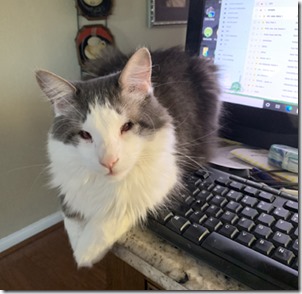


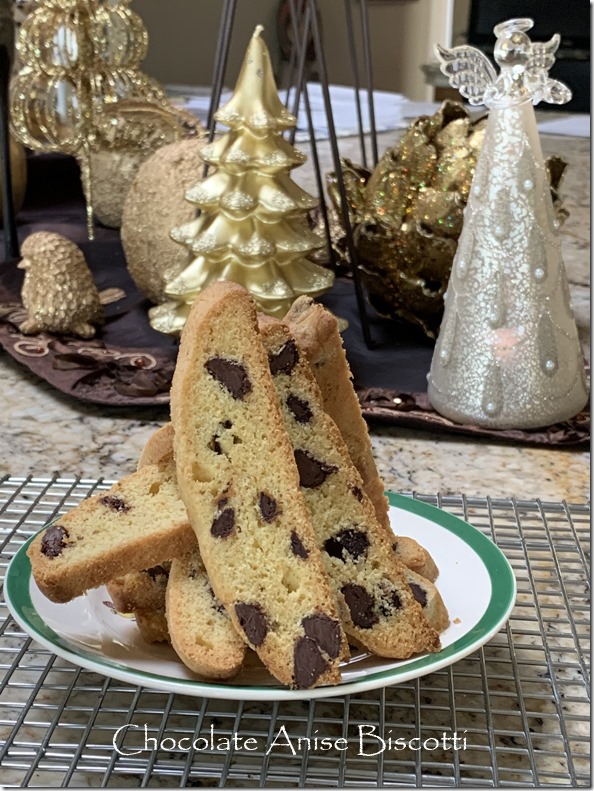

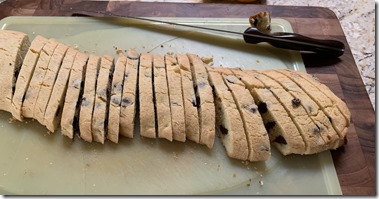
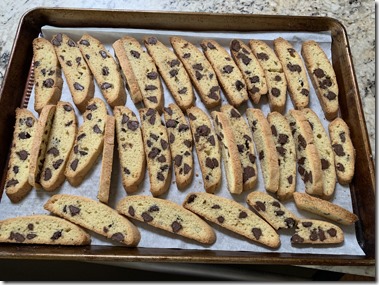
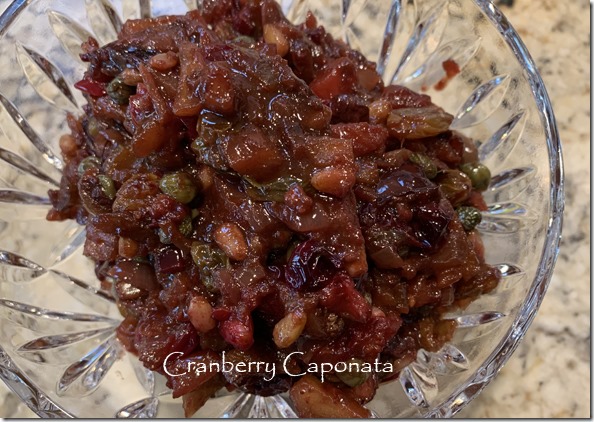
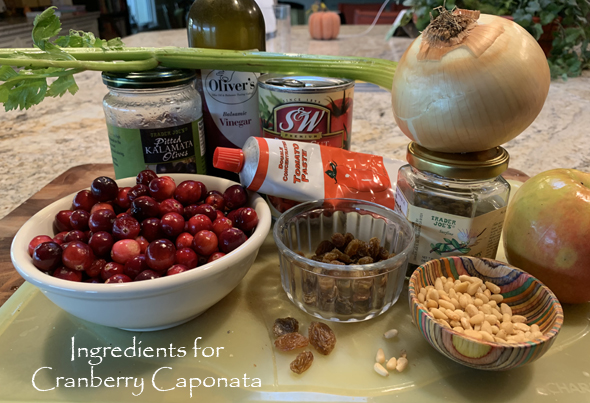
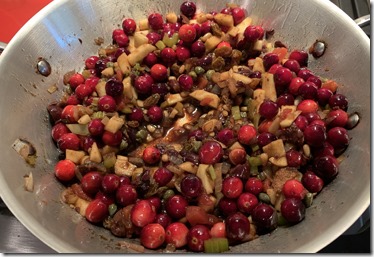
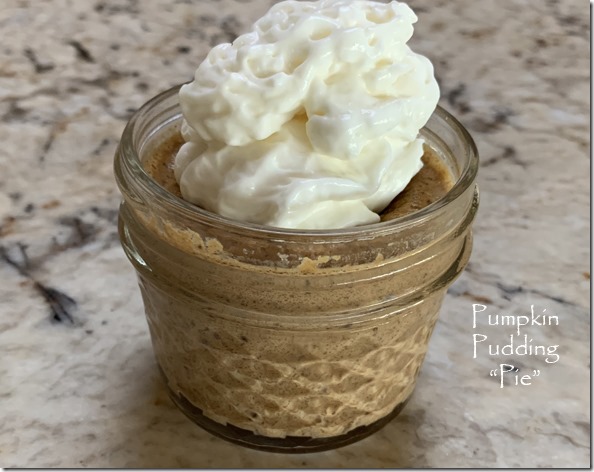
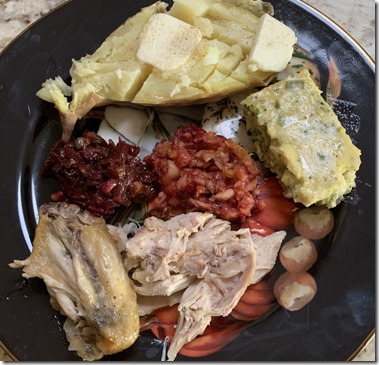
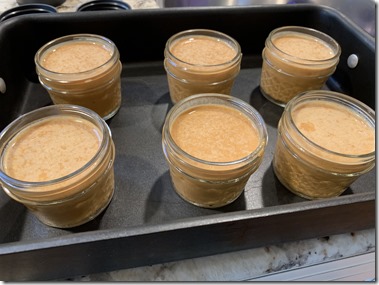
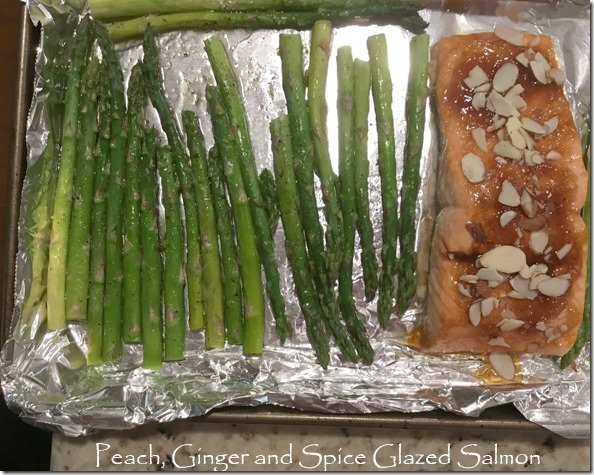
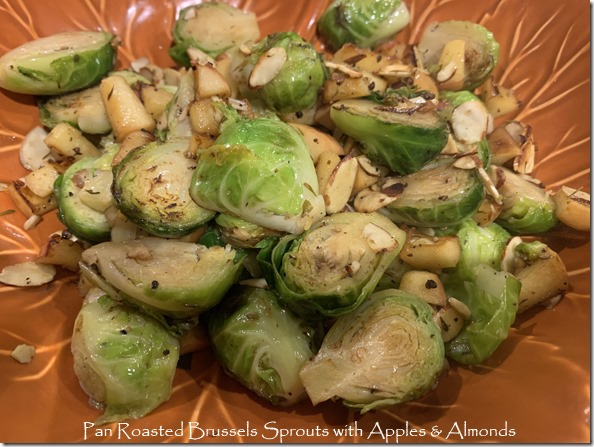
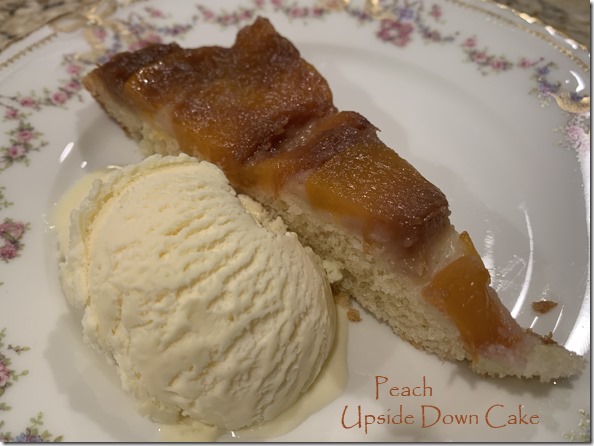
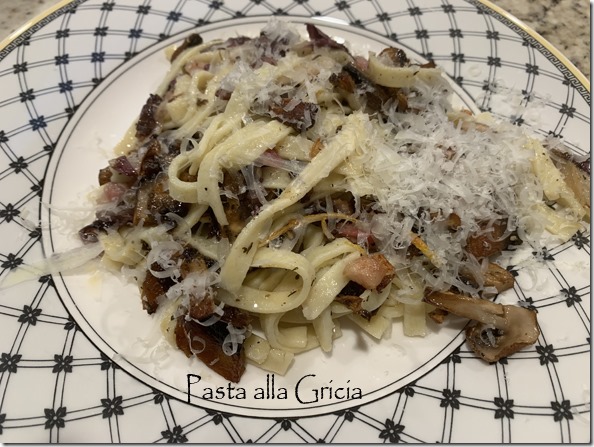
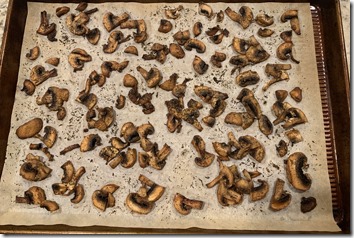
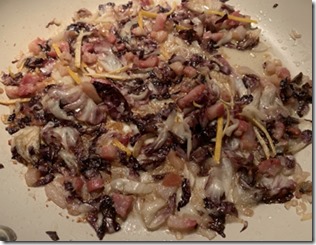
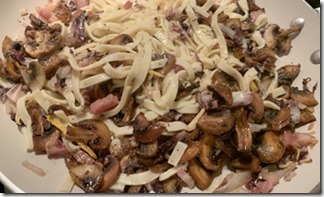
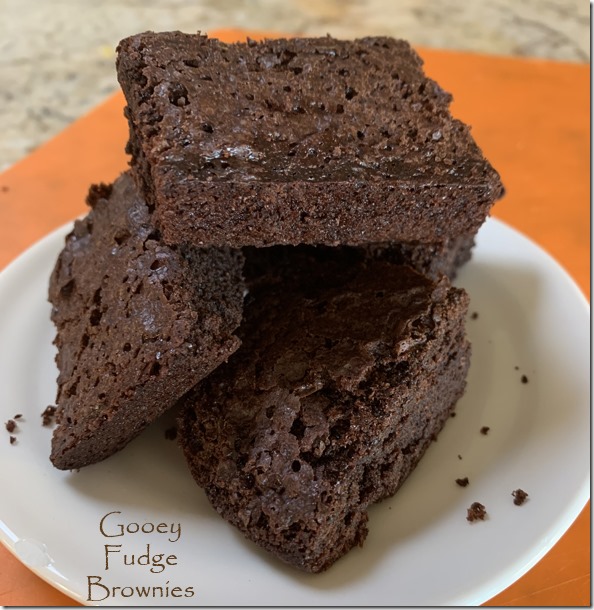
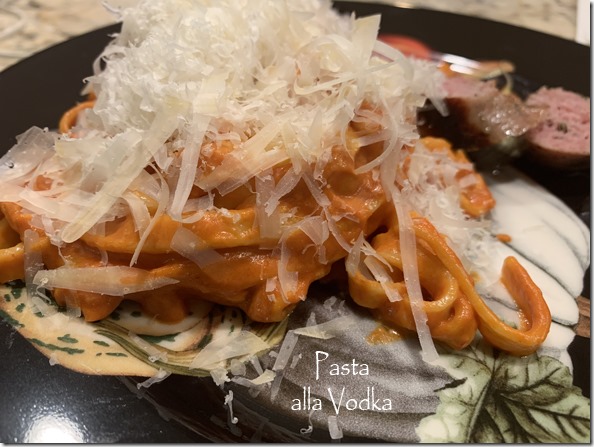
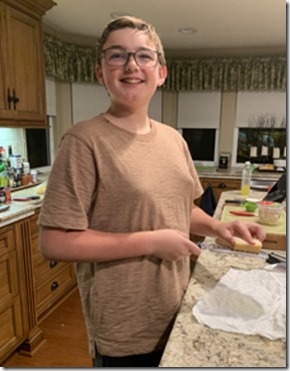
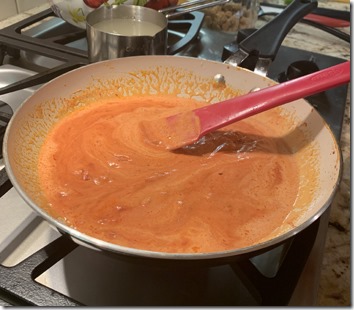
Leave a Comment!